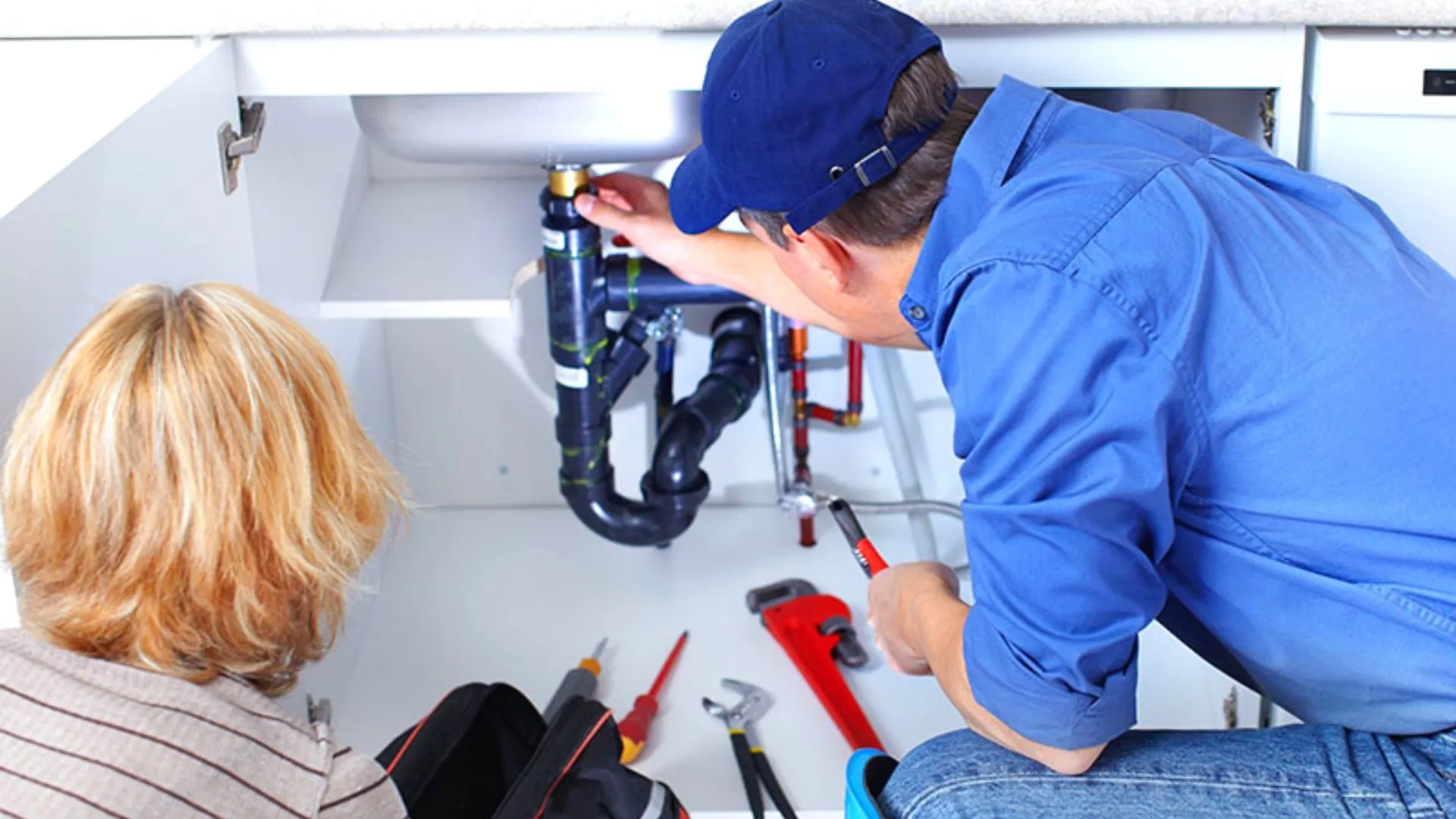Building a house is a formidable task. Every home needs running water, and each one will have different requirements for a plumber because of the various systems that treat the water in many different ways. The first of these primary systems is the portable system.
It supplies fresh water to a building through pipes turning it into an assortment of uses such as drinking and bathing. The other system vents sewage away from the house – you can call it sanitary drainage. As you may well guess, stormwater systems are vital when disposing of rainwater.
Ultimately all three main plumbing components bring fresh water to buildings, treating it for drinking and bathing purposes and taking care of waste materials through drainage via different pipes and pipelines leading everywhere around the house—depending on the requirement suggested by your plumber.
1. Sanitation drainage
A plumber is critical for your installing your home’s waste disposal system. It safely removes wastewater and human waste from the premises to the local sewage system for treatment so that these don’t contaminate water bodies. The pipes connect to the ceiling to vent gases out and to help waste smoothly move through the channels at atmospheric pressures.
Standard plumbing systems include gravity systems, low-pressure systems, and vacuum systems. They all work to provide clean water and wastewater collection, but each method has advantages and disadvantages. You can consult a plumber in Melbourne for clarity.
Traditional gravity sewer systems are the most common type. They use gravity or the slopes to move wastewater from the house to a sewer system, which gets cleaned and treated before releasing it into the environment.
Vacuum systems use suction to remove waste and water from a building so that it is safe to use and transport water and sewage throughout the building. These systems usually run on electricity which your licenced plumber can install.
2. Stormwater drainage
Stormwater plumbing systems drain waste and surface runoff from the roadways, parking lots, and building rooftops. They carry stormwater to the street, where the water enters a sewer main or goes into storm drains, eventually emptying into bodies of water. They help remove pollutants from the water before getting discharged into the environment.
3. Potable drainage and your plumber
These plumbing systems take care of the water supply in buildings. They include straight pipes, tee sections, and elbow systems. Each system works differently; some are more suitable for specific applications than others. For example, straight pipe systems use a continuous pipe to transport water, making them a good choice for fixtures such as sinks.
A home’s plumbing system is the network of pipes, valves, and fixtures that carry water, sewage, and other fluids throughout the building. It’s the part of the plumbing that you probably think of first, but it’s the part that makes the most difference in keeping your home comfortable and healthy.
The pipes in your home can be any material, some more suitable for specific uses than others. For instance, copper pipes are ideal both for heating water and transporting cold water.
You may not be aware of this and you don’t have to get into the specifics. Instead, listen to your licenced plumber because they can suggest the best solution based on your location and other factors.
⚠ Article Disclaimer
The above article is sponsored content any opinions expressed in this article are those of the author and not necessarily reflect the views of CTN News






